
Hermitage History
Baekjangam Hermitage is located in Namwon, Jeollabuk-do to the west of Mt. Seoryongsan (1,073 m). Baekjangam Hermitage is a hermitage that belongs to the neighbouring Silsangsa Temple. The name of the hermitage is derived from Baekjang, who was a disciple of Master Majodoil (709-788 A.D.). While we know when Silsangsa Temple was built, which was in 828 A.D. by the monk Hongcheok (?-?), it’s unknown when Baekjangam Hermitage was first established.
After Silsangsa Temple was destroyed by fire in 1468, Baekjangam Hermitage became a temple until 1679, when a fire also destroyed Baekjangam Hermitage. The hermitage was later rebuilt in the early 1800’s. Once again, a fire destroyed Baekjangam Hermitage in October, 1868. After being rebuilt, once more, and moved slightly upwards from its original location, Baekjangam Hermitage was destroyed by fire, again, in 1900. It was rebuilt for the last time in 1901, and it’s undergone more recent renovations and rebuilds.
Baekjangam Hermitage is most famous for the Three-Story Stone Pagoda at Baekjangam Hermitage of Silsangsa Temple, which is National Treasure #10. But it’s also home to the Stone Lantern at Baekjangam Hermitage of Silsangsa Temple, which is Korean Treasure #40. And off at the Geumsansa Temple museum, which is the head temple for Baekjangam Hermitage, you’ll find the Bronze Incense Burner with Silver-inlaid Design of Baekjangam Hermitage. This is yet another Korean Treasure; albeit, not at the hermitage, but belonging to the hermitage.
Hermitage Layout
Baekjangam Hermitage is located up a kilometre long mountainside road. Immediately upon your arrival, you’ll notice that Baekjangam Hermitage consists of only a couple of shrine halls. They are the newly built Daeung-jeon Hall to the left and the older-looking Sanshin/Dokseong-gak Hall to the right. And out in front of these two hermitage structures are a collection of stone artifacts. The main highlights of this historic stone masonry, and the highlight of the hermitage, is the Three-Story Stone Pagoda at Baekjangam Hermitage of Silsangsa Temple, which is National Treasure #10. The late Unified Silla (668-935 A.D.) pagoda is considered one of the most beautiful stone pagodas of this era. It has a unique structure with decorative variations throughout. Usually, a pagoda tapers upwards towards the top, but this pagoda stays consistent in both the width and height of each story. The roof stones even differ from the traditional single roof stone. This pagoda has a broad multi-layered story stone in each of the three-stories of the structure. Another thing that differentiates this pagoda from other pagodas of this time period is the diverse reliefs adorning the entirety of the pagoda from the base to the roof stones. The base is decoratively adorned with railings. The first story of the body is decorated with Bodhisattvas and guardians. The second story is adorned with Bicheon (Flying Heavenly Deities) playing musical instruments. And the third floor has seated Bicheon. And lotus flower designs are carved at the bottom of each roof stone, while a Buddha triad is on the roof support of the third story. This pagoda is a rarity for freeing itself from traditional conventions.
Fronting the beautiful Three-Story Stone Pagoda at Baekjangam Hermitage of Silsangsa Temple are six partial and completed budo (stupas). And backing the historic pagoda is the Stone Lantern at Baekjangam Hermitage of Silsangsa Temple. This seokdeung dates back to the ninth century, and it’s Korean Treasure #40. In general, this stone lantern is presented in a traditional octagonal design. It has a three-layer base, an octagonal stone lantern with a window in the centre of four of its sides and a railing around the base of the light chamber. As for the roof and finial, it’s decorated with a large lotus bud. Overall, the Stone Lantern at Baekjangam Hermitage of Silsangsa Temple is a beautiful example of the stone artistry taking place during the 9th century in Unified Silla.
Backing these historic stone monuments is the newly built Daeung-jeon Hall at Baekjangam Hermitage. Surrounding the exterior walls to the main hall are the Four Heavenly Kings, as well as a painting of the Three-Story Stone Pagoda at Baekjangam Hermitage of Silsangsa Temple and the Stone Lantern at Baekjangam Hermitage of Silsangsa Temple. Stepping inside the Daeung-jeon Hall, you’ll find a triad of statues on the main altar. In the centre rests Seokgamoni-bul (The Historical Buddha), who is joined by Gwanseeum-bosal (The Bodhisattva of Compassion) and Jijang-bosal (The Bodhisattva of the Afterlife). To the right of the main altar is an older Shinjung Taenghwa (Guardian Mural). And the interior walls are decorated with paintings of the Nahan (The Historical Disciples of the Buddha). Between both the Shinjung Taenghwa and the main altar statues is a painted representation of the main altar statues.
And to the right rear of the Daeung-jeon Hall is the Sanshin/Dokseong-gak Hall. This older shaman shrine hall has a lower ceiling with a natural wood exterior. Housed inside are a couple of beautiful shaman murals dedicated to Dokseong (The Lonely Saint) to the right and Sanshin (The Mountain Spirit) to the left. The Sanshin mural is the older of the two, and the Mountain Spirit holds a large green leaf fan, while seemingly squashing the accompanying tiger under its right knee. And to the right of the Sanshin/Dokseong-gak Hall are the monks’ dorms.
How To Get There
To get to Baekjangam Hermitage, you’ll first need to get to the Namwon Intercity Bus Terminal. From the Namwon Intercity Bus Terminal, pretty much the only way you can get to the hermitage is by taxi. The taxi ride will take forty minutes, and it’ll cost you around 30,000 won (one way).
Overall Rating: 6.5/10
While smaller in size, Baekjangam Hermitage certainly doesn’t disappoint. Both its Stone Lantern at Baekjangam Hermitage of Silsangsa Temple (T #40) and Three-Story Stone Pagoda at Baekjangam Hermitage of Silsangsa Temple (N.T. #10) are some of the finest examples of their kind in all of Korea. In addition to these obvious highlights, you can also enjoy the two shaman murals housed inside the Sanshin/Dokseong-gak Hall, especially the Sanshin (Moutain Spirit) mural. Also keep an eye out for the beautiful, and rather unique, murals adorning the Daeung-jeon Hall.
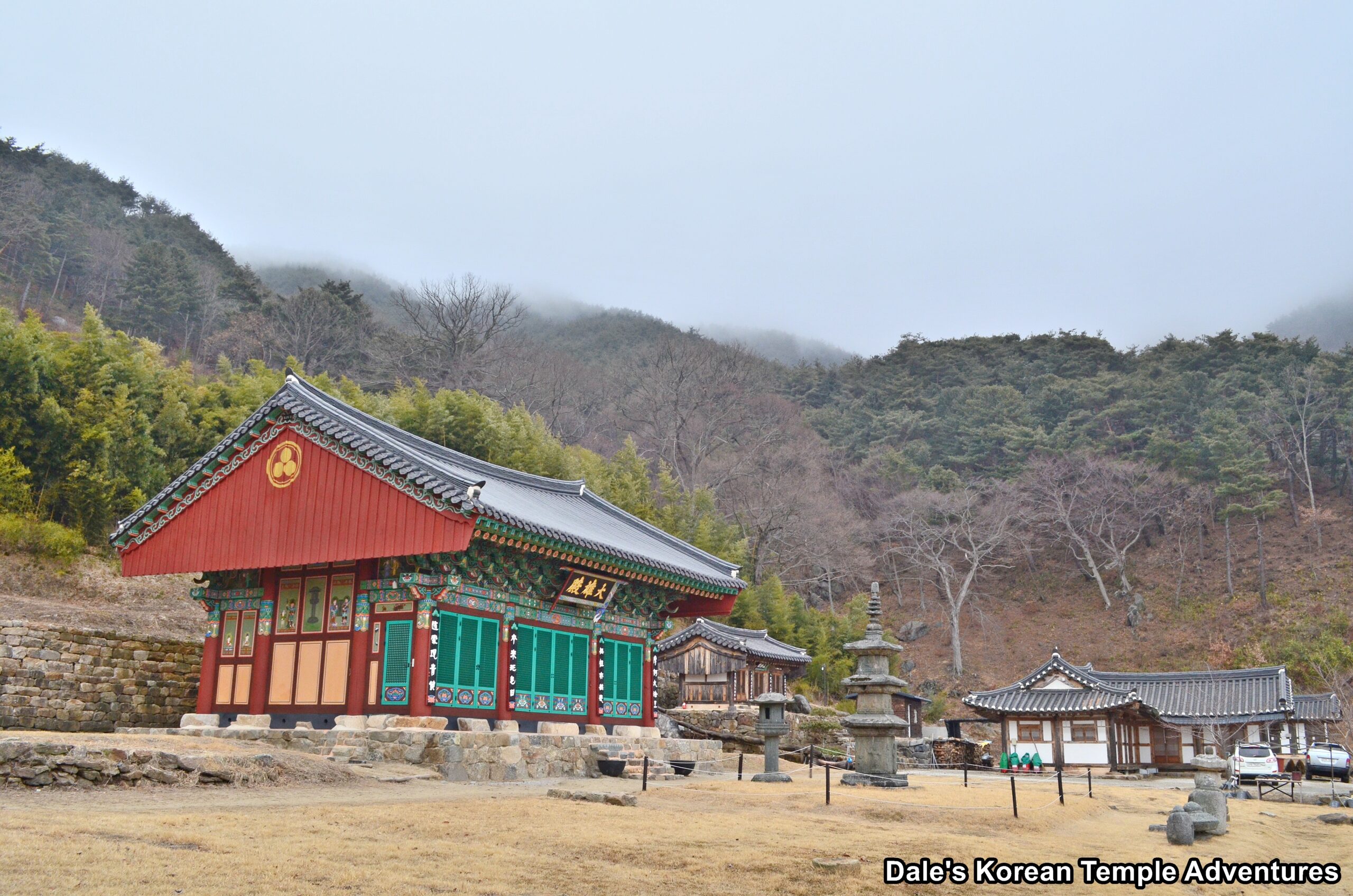

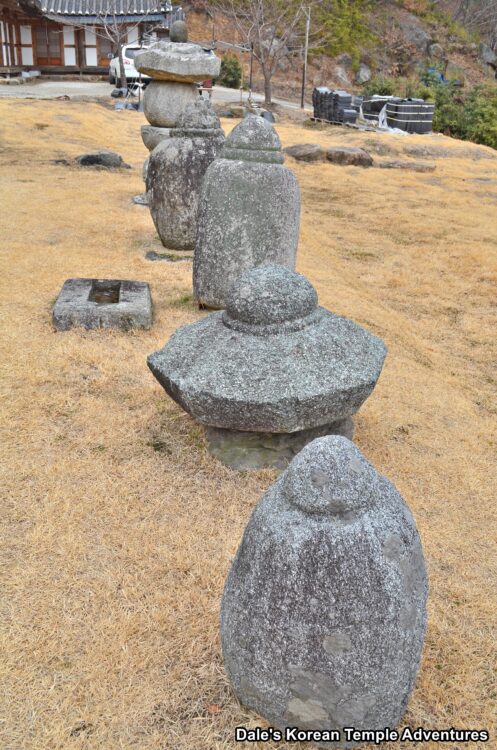
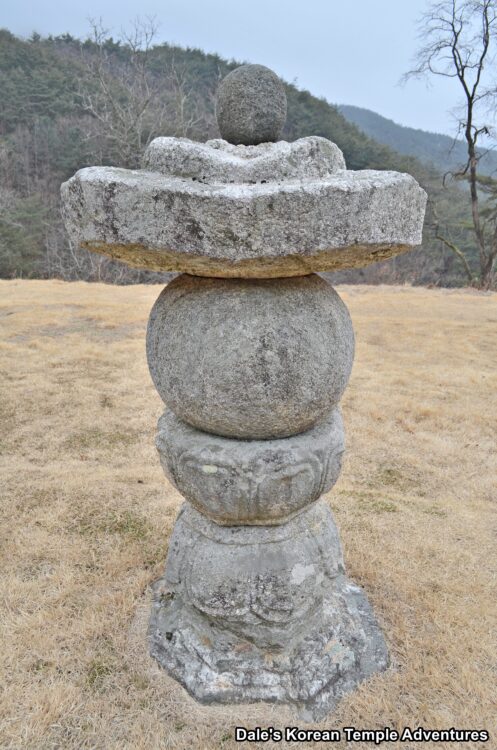
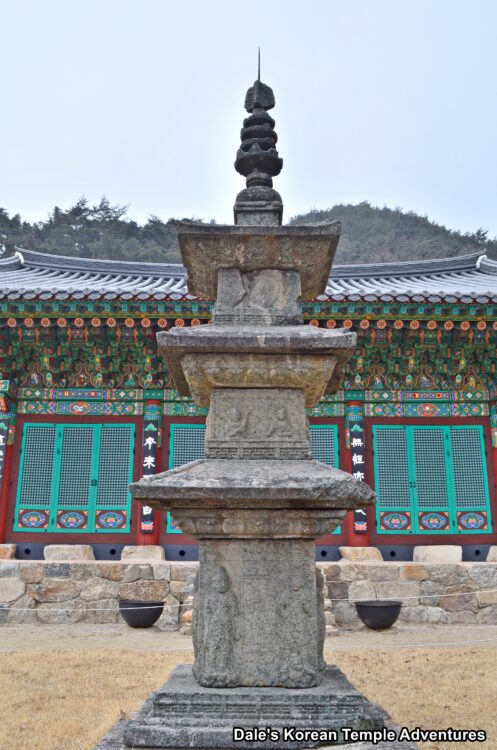
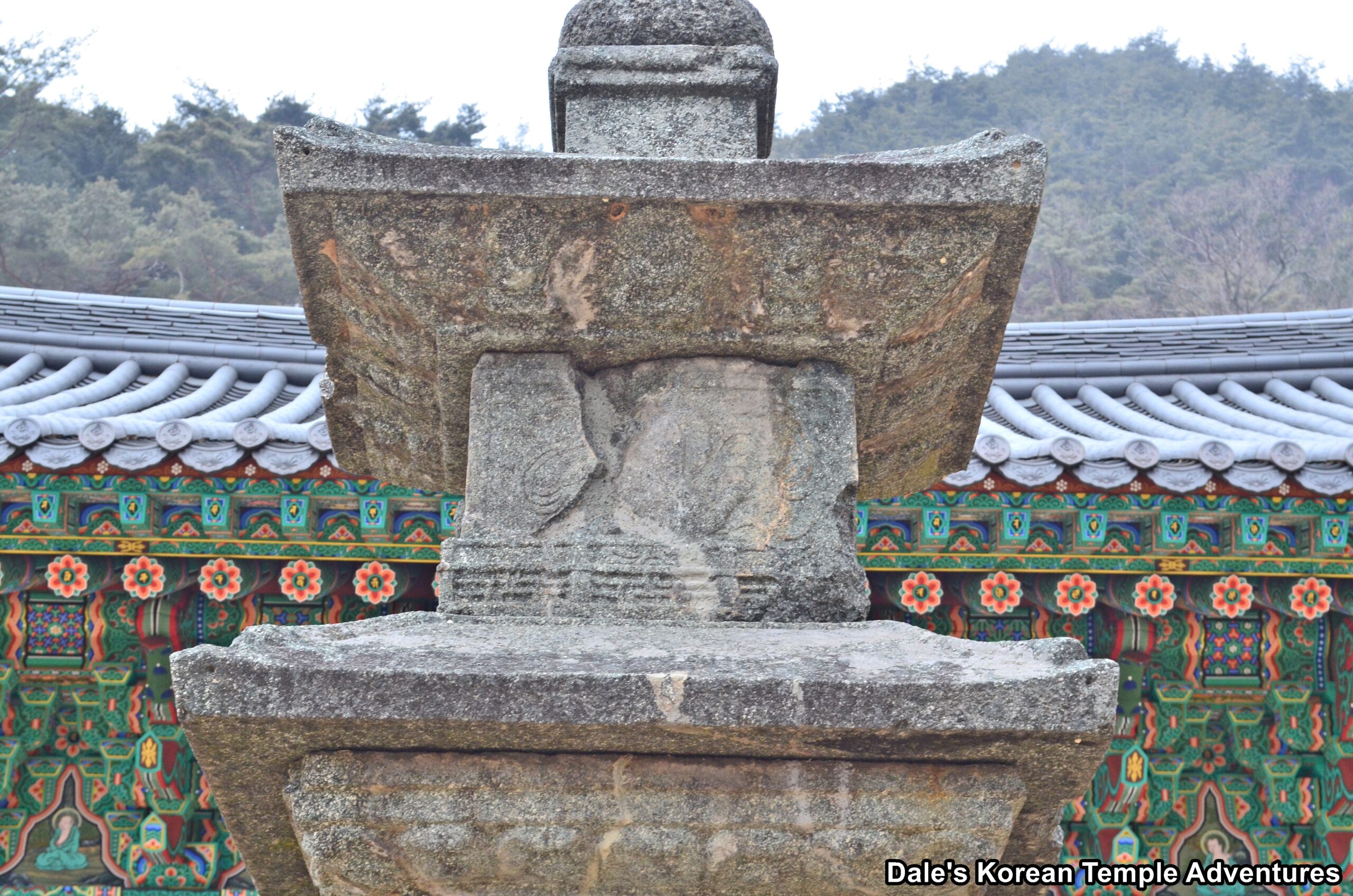
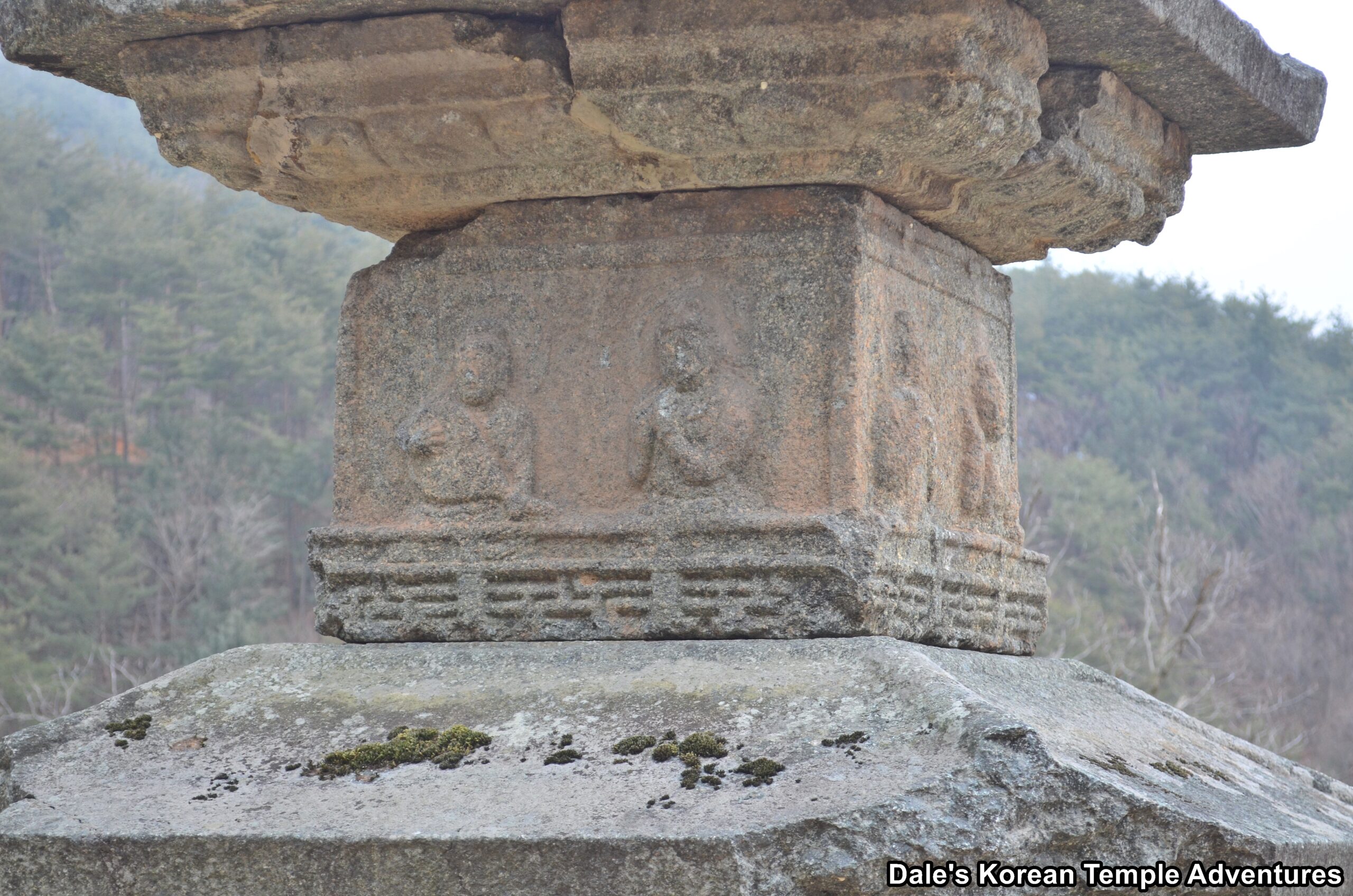
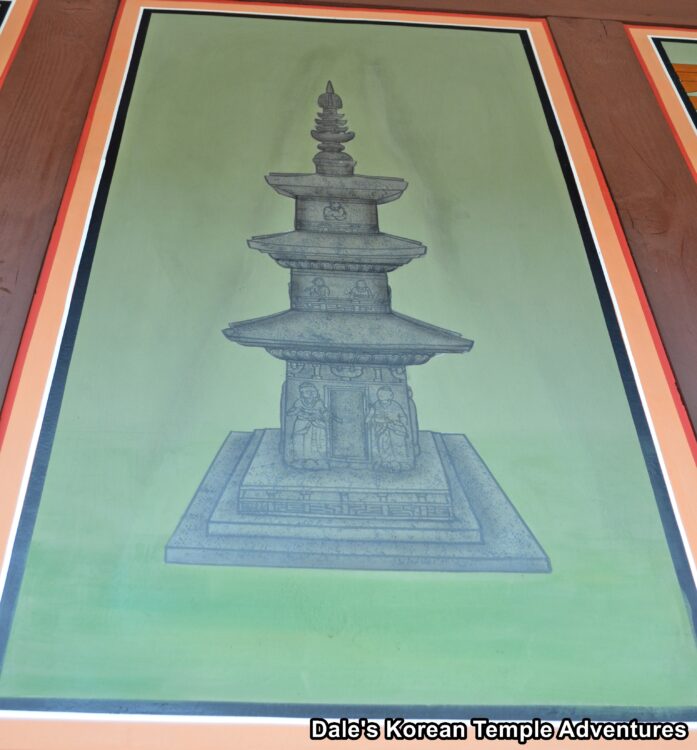
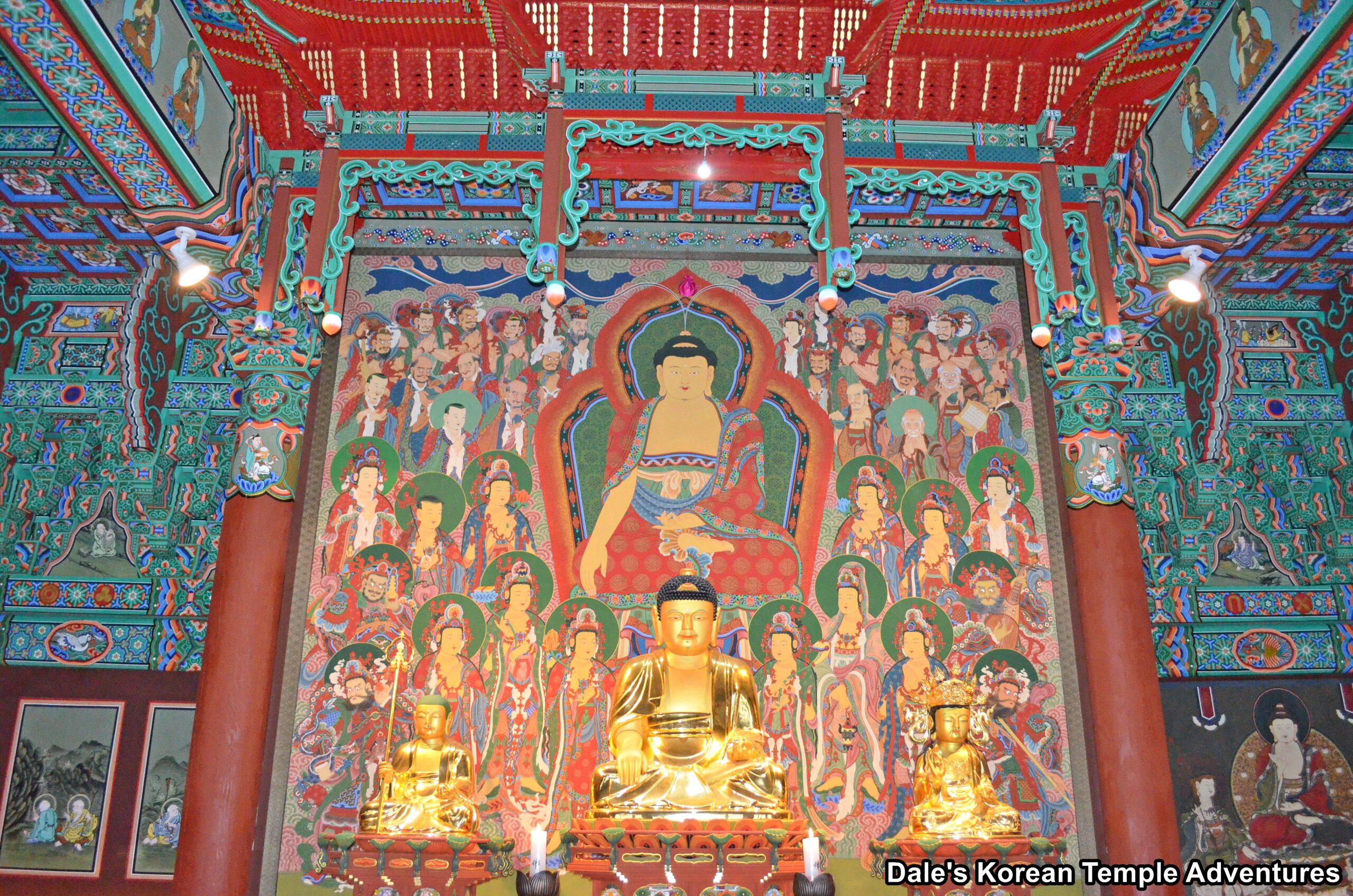
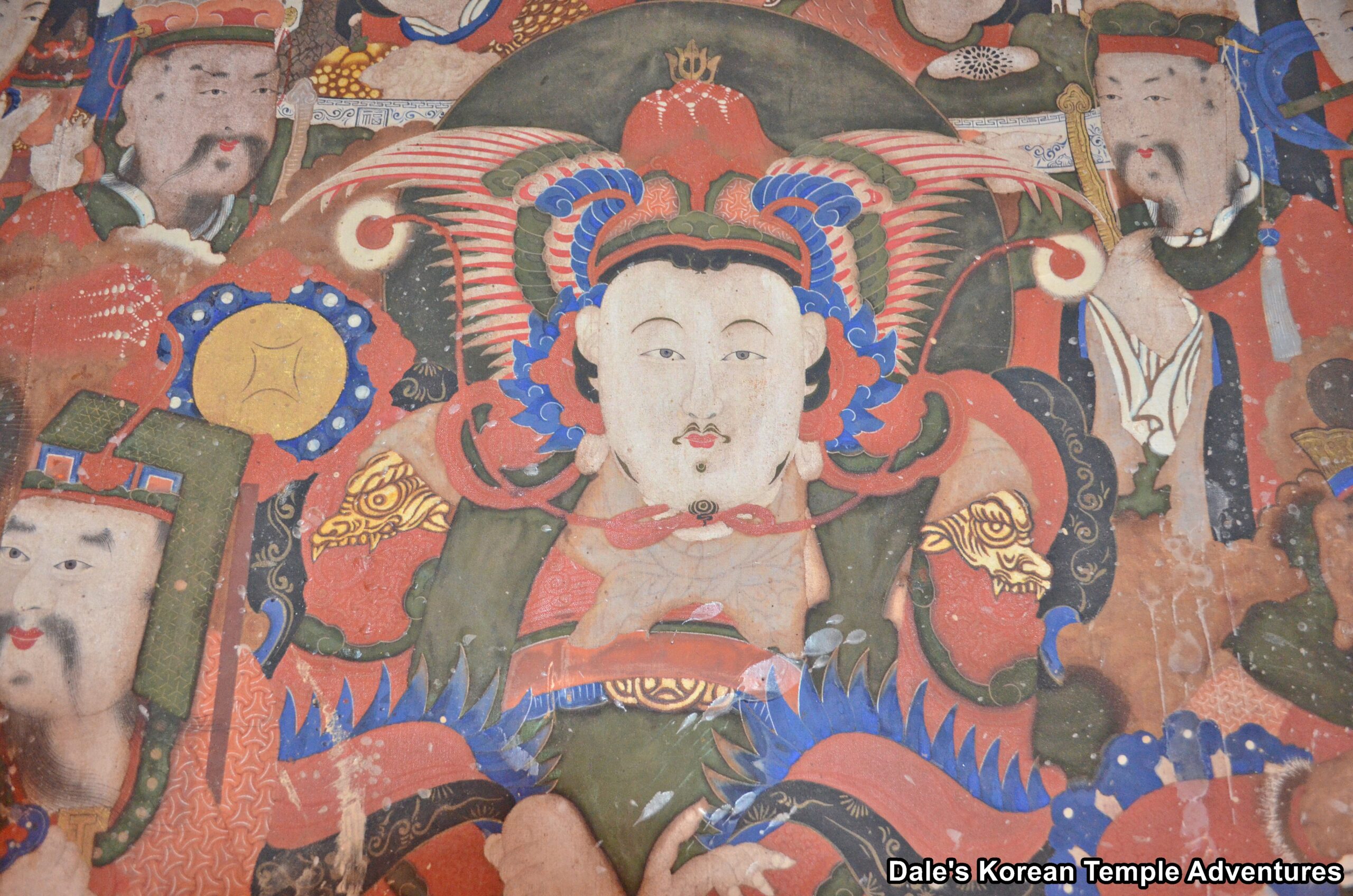
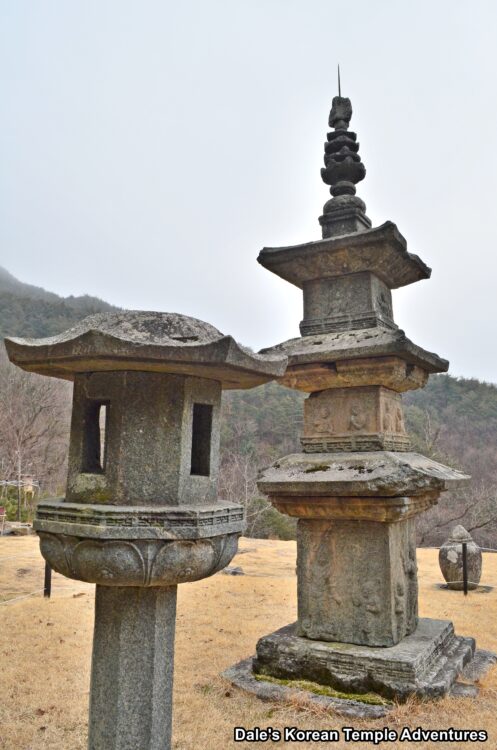
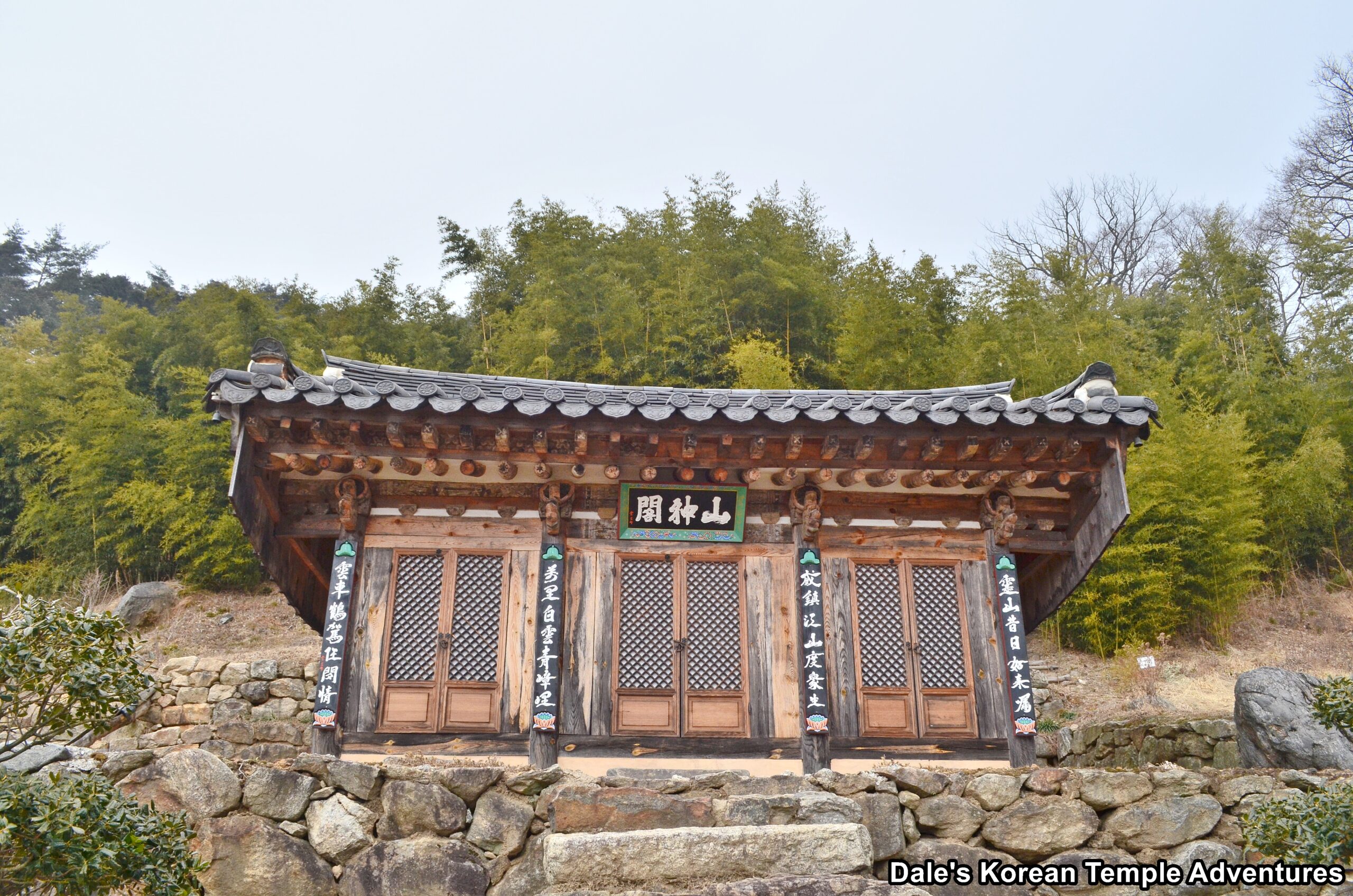
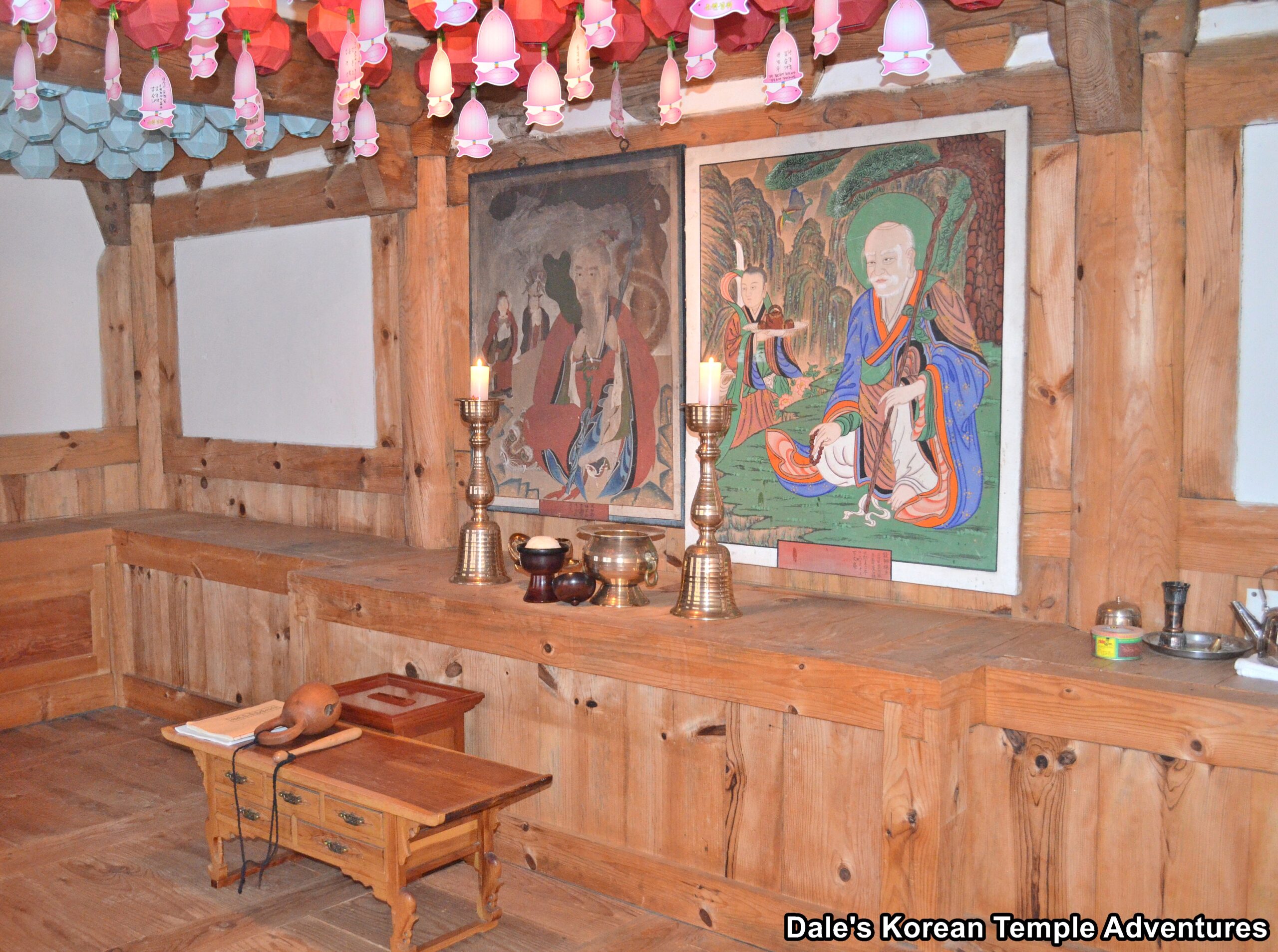
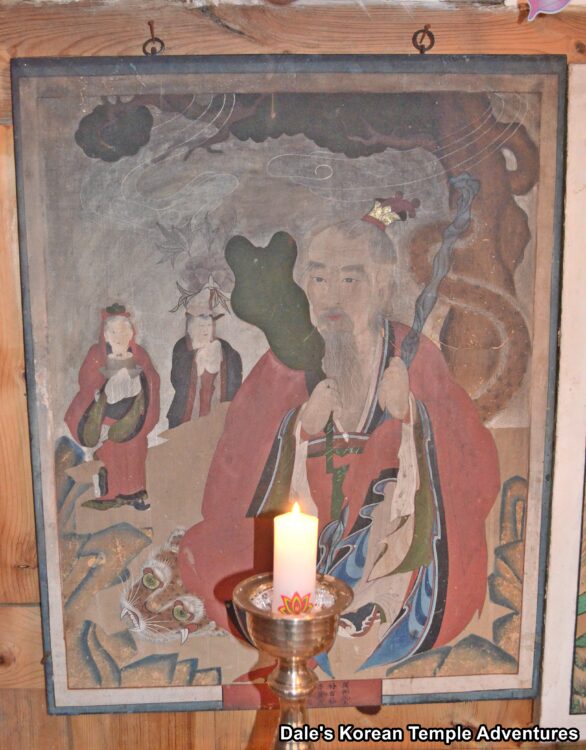


Recent comments